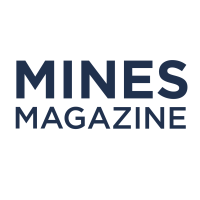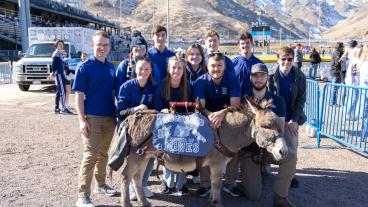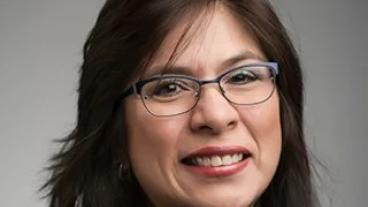Economist finding what's critical in material supply chains
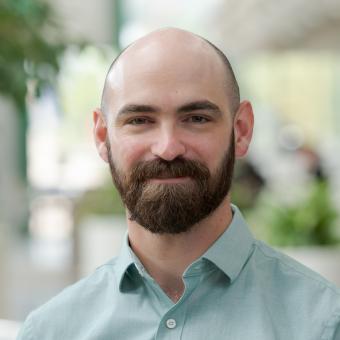
By Sarah Kuta, Special to Mines Magazine
As the United States progresses toward a clean energy economy—incorporating more wind turbines, solar panels and electric vehicles—it will need a steady supply of the materials necessary to build those technologies.
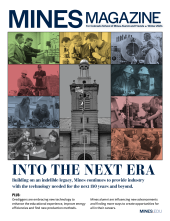
To prepare for this future, economists like Braeton Smith MS ’14, PhD ’18 are studying critical material supply chains around the world—and possible disruptions—to help inform the nation’s clean energy strategy.
Smith is an energy economist at Argonne National Laboratory and a co-author of the U.S. Department of Energy’s new Critical Materials Assessment, which guides the department’s research and development strategy moving forward.
The assessment explores the criticality of materials that are expected to contribute to decarbonization, like nickel for electric vehicle batteries and lithium for stationary battery storage technologies. “Criticality” means materials that are not only important, but are also at high supply risk.
One such material is dysprosium, a heavy rare earth metal used to produce neodymium iron boron magnets. These magnets are used for a wide array of clean energy technologies, from wind turbine generators to electric vehicle motors. But dysprosium is primarily mined and processed in China, which means its supply chain is at risk of disruption, depending on physical, economic or political factors.
The assessment doesn’t provide policy recommendations but, rather, spells this all out for Department of Energy leaders, who can then use the information to shape their decisions.
“Decision-makers might choose to invest in discovering substitutes for dysprosium or even investigating alternate magnet technologies,” said Smith. “Or they might look at other avenues of achieving decarbonization that don’t use magnets at all. They could also look at recycling the magnets we already have, like those from hard drives, decommissioned wind turbines or magnetic resonance imaging machines.”
Because of his Mines education, Smith has seamlessly blended his passion for minerals with his curiosity about economics into a fulfilling and meaningful career. And, based on his experience studying mineral and energy economics at Mines, he’s confident that current and future graduates will be well-prepared to help the nation tackle its energy challenges.
“Mines brings together people from around the world who are focused on important energy and material supply chain issues,” he said. “It’s this intersection of researchers from economics, engineering and geoscience thinking about these same questions through a different lens. It facilitates an environment that you just can’t find anywhere else.”
Looking ahead, Smith believes critical materials will continue to play an important role in clean energy—especially if the U.S. wants to achieve its goal of net-zero emissions by 2050. He predicts a continued focus on carbon-neutral energy sources, like nuclear energy, as well as environmentally sound ways of extracting and recycling materials domestically.
“We need to have a diversified energy system with diversified partners to get the materials that we need,” he said. “We need to be nimble, and we need to think very carefully about where we’re getting materials.”
He also hopes decision-makers will continue to view the energy system holistically, with an emphasis on both individual technologies as well as broader systems.
“Don’t just think about engineering a better electric vehicle, let’s think about transport in general and how technologies fit into a larger system,” he said. “Let’s not just think about how to make the most efficient wind turbine, but how do we make the most efficient grid and secure electric power grid? With big-picture thinking, we can end up with an optimal solution that meets our many needs while addressing national security challenges.”

